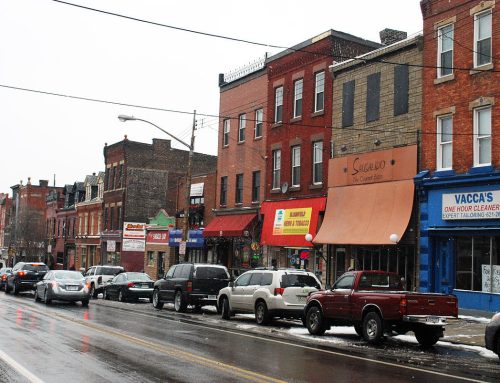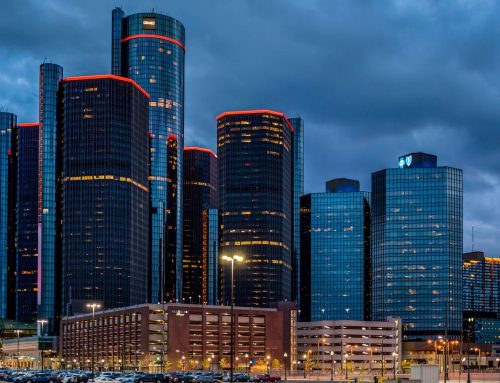By Elaine Elizabeth Belz
Someone who lived here before me
had a taste for the exotic in flowers and vines; or else didn’t care for gardening at all, and simply allowed whatever flora came marauding through the neighborhood to take root.
Arriving in winter,
I couldn’t have known—the back yard was bare, shivering under a wilting bed of snow. In April, tilling the soil turned up no signs of plant life. Seeded by decades of postindustrial
anthropochory,
the ground gave up a true urban harvest: defiant old nails that should have crumbled into rust by now; pop caps, bullet casings; coins whose value leached into the soil during their lost years; glass and plastic shards; a spade, a rake, a doll. Seed mix and rain coaxed up
sparse spring-green sprouts from that mud; meanwhile
shoots appeared abruptly in a small garden space between the fence and the driveway. Within a week, their bamboo stalks could look me in the eye. Japanese knotweed, the internet told me. It can take out your sewer line. Its rhizomes will mangle the very foundation of your home. I cut down and poisoned as much as I could; the rest glared back from the other side of the fence, out of my control. But my neighbors’ problems
are my problems too.
No respecter of property lines,
stink weeds punched up through the soil like zombies’ hands from the grave. Lined up in rows, the weeds seemed to betray their underground lifeline to a parent tree in another yard.
Misnamed “tree of heaven,”
it could be Detroit’s official tree. But no Dutch-elm-type disease could take this one out. “Ghetto palms,” some call them. They fill surplus land alongside highways, cluster in vacant lots, sneak up on houses all over the city. They too have designs on your property. Pull one up, it lets go of the taproot, sacrificing itself to preserve the whole. I tracked one half-way across the back yard, then lost its trail. Above ground,
bindweed creeps across grass and dirt, twirls up other plants. When it finds something to hold onto—fragments of old cable wiring; chain-link fence; or, I imagine, the postal worker’s leg—it won’t easily let go. It tried to eat my garage, but I managed to pry it away.
Midsummer,
a mulberry tree reaching over the fence from the yard behind the burned-out house next door dappled my lawn with its fruit, no doubt hoping to reproduce itself here. Not all the
invaders
intend to cause harm. If only I could herd the benign plants to the back of the yard, organize a pollinators’ garden there. The milkweed that polka-dots the lawn could offer its flowers to butterflies. The goldenrod that reasserted its land rights among my newly planted hostas, irises, and peonies could go there, too, enjoy the flirtations of honeybees in late summer, when other sources of nectar are more scarce. I wouldn’t even mind the lambsquarter if it would stay contained back there. Right now, it wrestles with the new grass between the driveway and the sidewalk. I’ve been told to root it out or,
an online friend urged, cook it up and eat it. I’ve tended to ignore it. The lawnmower levels it along with the grass.
Putting down roots anywhere
means pulling up others. These invasive species seem to be native here, hold a claim to this land at least as strong as mine. But a bank with mere financial stakes in this property holds the deed I’ve yet to see. It details lot and plat by some mysterious code assigned
when the area was deemed a neighborhood,
divvied up arbitrarily into rectangles on a map. What does nature know of such abstractions? By force of will and perpetual effort, we humans impose on the landscape our fiction that we are not nature, but masters of it. Zip codes, street names, house
numbers divide space
above ground. Beneath the surface, roots entangle, hold living things
in place.






